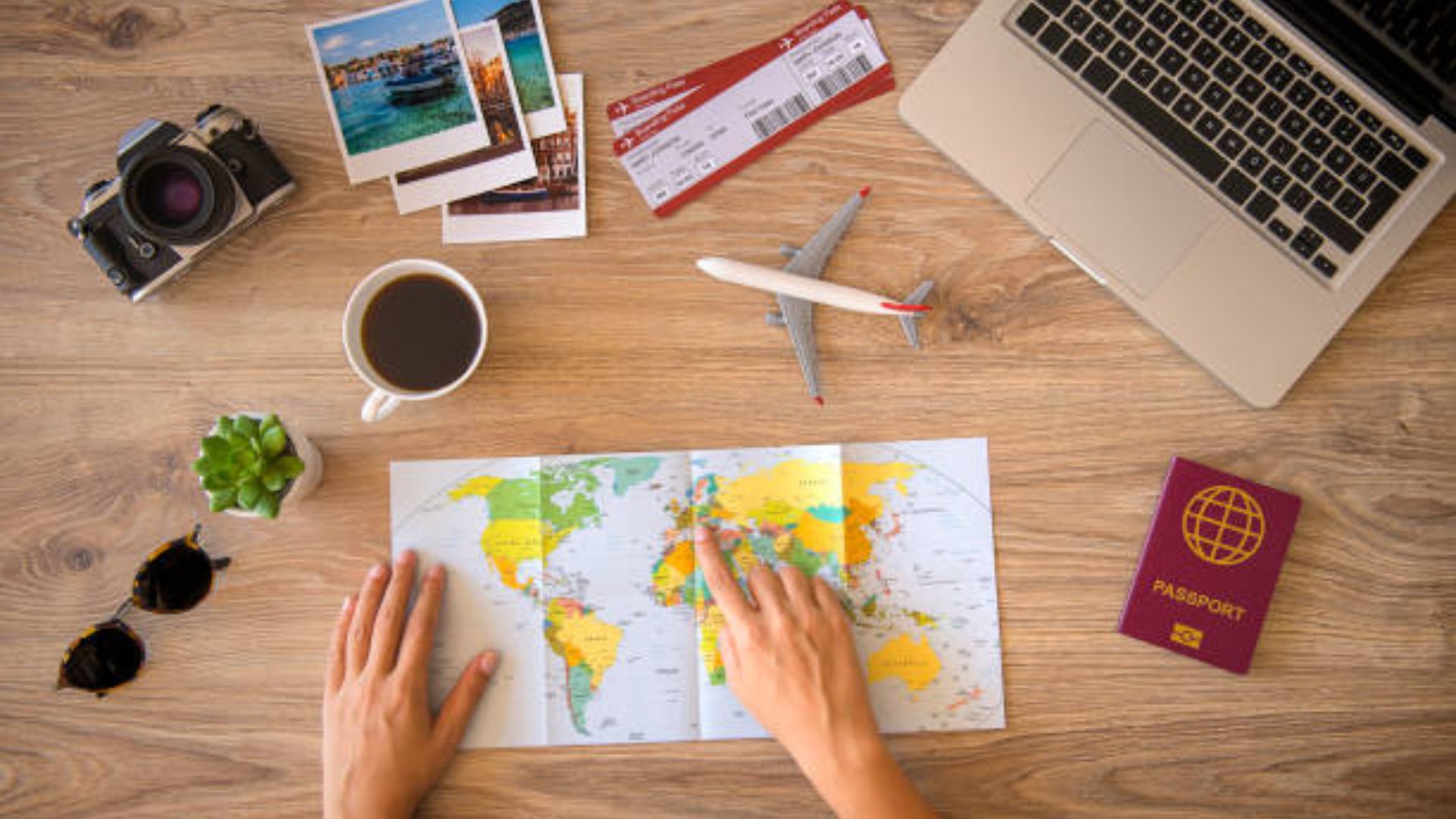Plan Ahead
Before embarking on your journey, take the time to plan and organize all aspects of your trip. Research family-friendly destinations, accommodations, and activities suitable for children of different ages. Make sure to book flights, accommodations, and transportation well in advance to avoid last-minute hassles.
Pack Wisely
When packing for a family trip, it’s essential to pack light and smart. Bring only the essentials and avoid overpacking. Pack clothing suitable for the climate and activities planned, as well as any necessary medications, diapers, or other special items your children may need. Consider bringing a first aid kit, sunscreen, insect repellent, and reusable water bottles to stay prepared while on the go.
Keep Kids Entertained
Long journeys can be tedious for kids, so it’s essential to keep them entertained throughout the trip. Bring along games, toys, books, and electronic devices to keep them occupied during flights, car rides, or train journeys. Consider downloading movies, TV shows, or educational apps to keep them engaged and entertained. Encourage creativity and imagination by packing coloring books, puzzles, or travel-friendly crafts for them to enjoy.
Stick to a Routine
Traveling can disrupt your child’s normal routine, leading to crankiness and meltdowns. Try to stick to your child’s regular meal and sleep schedule as much as possible. Pack healthy snacks and drinks to keep them energized and hydrated during the journey. Establishing a familiar routine can help your child feel more comfortable and secure in unfamiliar surroundings.
Be Flexible
While it’s essential to have a plan, it’s also crucial to be flexible and adaptable when traveling with kids. Things may not always go as planned, and that’s okay. Be prepared to adjust your itinerary or activities based on your child’s mood, energy levels, and interests. Allow for plenty of breaks and downtime to rest and recharge. Remember that the journey is part of the adventure, so embrace the unexpected and make the most of it.
Stay Safe
Safety should always be a top priority when traveling with kids. Keep a close eye on your children, especially in crowded or unfamiliar environments. Make sure your child wears appropriate safety gear, such as seat belts, helmets, or life jackets, depending on the mode of transportation or activity. Teach your children basic safety rules and how to seek help if they get lost or separated from you. Carry important documents such as passports, identification, and medical records in a secure and accessible location.











